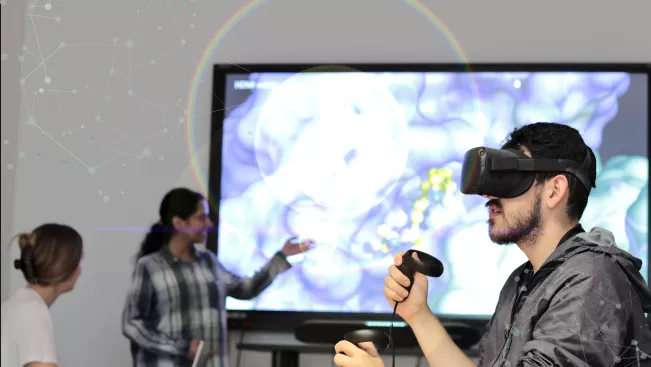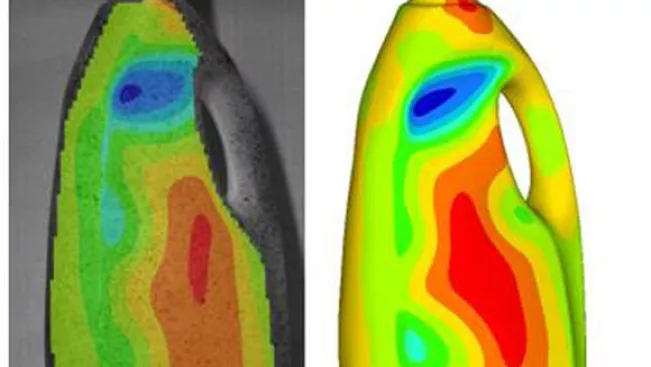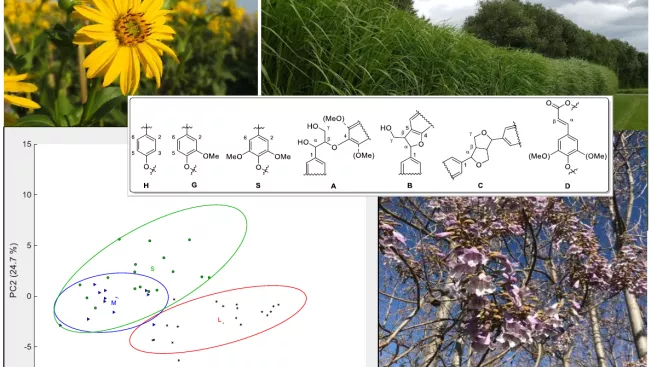Institute of Technology, Resource and Energy-efficient Engineering (TREE)
Simulation Lab
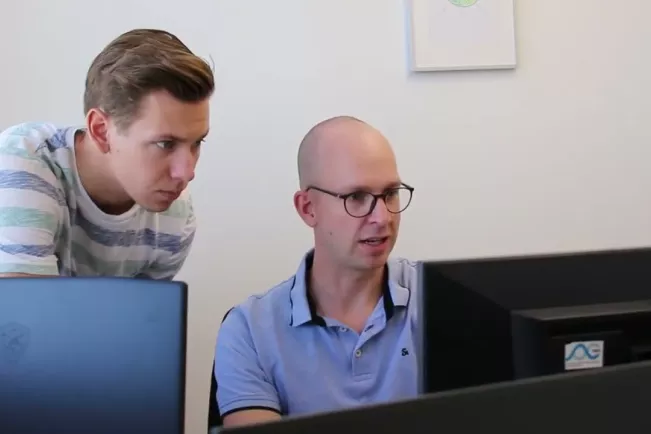
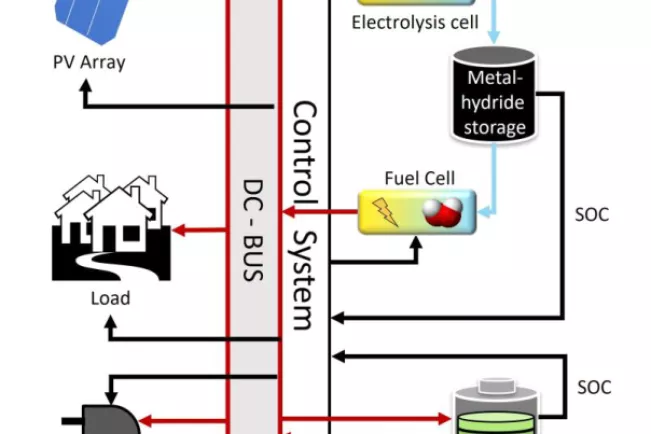
Modeling and Network Simulation
The planning and design of interconnected technical systems typically start virtually. Mathematical models of individual components need to be identified and combined into an overall model. The overall model allows for comprehensive system simulation and optimization. The Simulation Lab consolidates and provides expertise in the areas of modeling, as well as the use and development of simulation and optimization software. Current applications include, for example, coupled energy and heat networks.
With independent method developments, the Simulation Lab is capable of addressing and solving the latest technical problems through computer-aided methods. This naturally leads to close collaboration between natural and engineering scientists, as well as between experimentalists and simulators in different research fields.
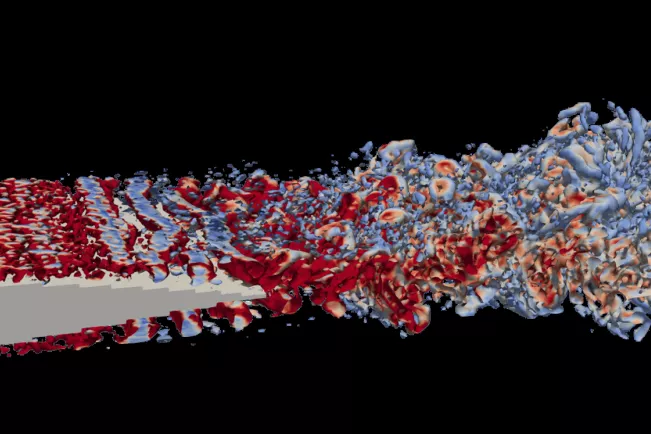
New Simulation and Production Techniques
New multiscale simulation methods or optimization algorithms dealing with various types of minimization problems allow us, for example, to select the optimal design solution from a multispace simulation result and identify optimal solutions. This can drastically reduce development costs, enhance the performance and reliability of new products, and contribute to the optimization of manufacturing techniques. In combination with new production techniques such as 3D printing, simulation techniques are a prerequisite for a new integrative approach to the development and production of new products.
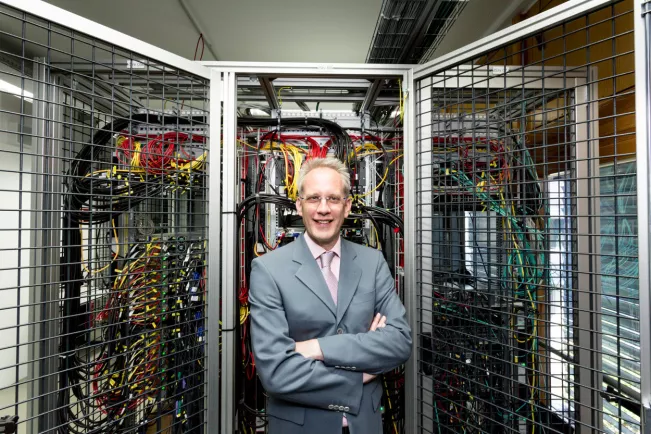
Powerful Computing Clusters
For activities in the Simulation Lab, highly powerful computing clusters of the university are utilized, which ranks among the largest High-Performance Computing Facilities at German universities of applied sciences (as of 2019). The following are the key technical facts:
- Approximately 5,300 hardware threads
- Approximately 48,000 GPU cores
- Total RAM of approximately 16.5 TB
- Total main memory of approximately 460 TB
„No modeling and simulation, no technical innovation. In the Simulation Lab, we focus on the backbone of system development and look in all directions: technical innovations, sustainability, scalability, and cost optimization.”
Prof. Dr. Anna-Lena Menn - Professor of Engineering Mathematics, especially Optimization of Technical Systems (Photo: @PhilDera)
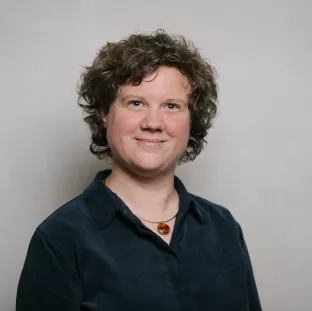
Research and Cooperation
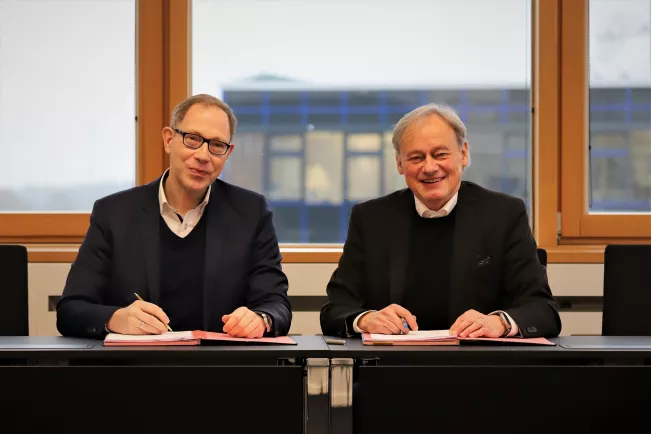
In many corporate strategies, collaboration with research institutions has long been established as a crucial element of Open Innovation. Whether it's specific research ideas or support for entrepreneurial challenges, the university is positioned as a scientific partner, providing expertise.
If you are interested in collaboration, feel free to get in touch.
